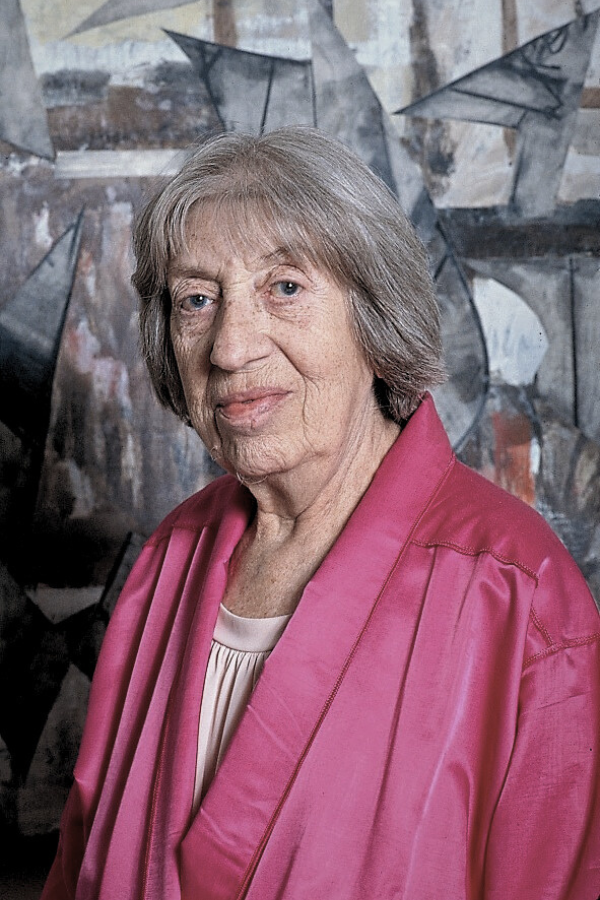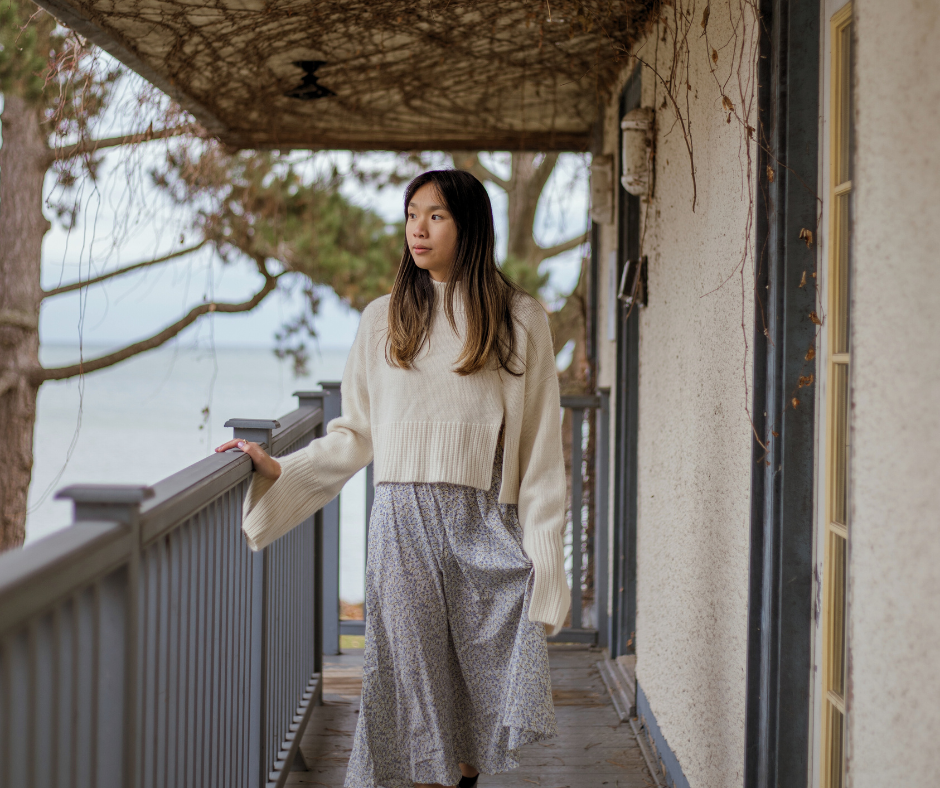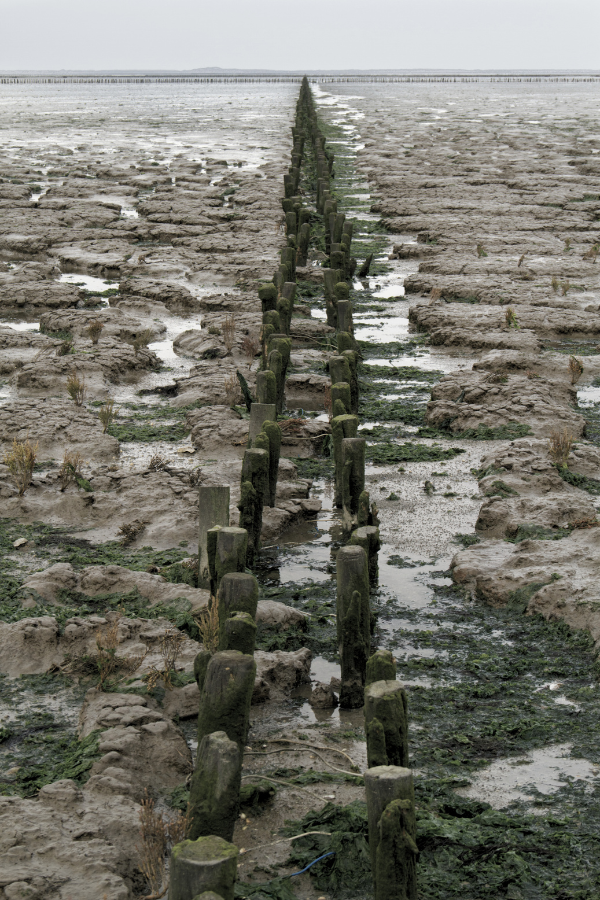
What Does a Creative Director Do? How Can I Become One?
Summary
Reflection Questions
Journal Prompt
Curious about what creative directors do? This position, characterized by its amalgamation of artistic vision and strategic leadership, plays a critical role in shaping the creative output within advertising agencies, fashion brands, design firms, and film production companies. A Creative Director not only embodies the creative ethos of a brand or project but also ensures that this vision is effectively communicated and realized through various media and platforms. In this article, we will define the multifaceted responsibilities of a Creative Director and examine the role’s integral impact across different creative sectors. We will also outline potential pathways to becoming a creative director. Keep scrolling for more info. We promise you’ll learn a lot more about this position by reading our article than you would from a creative director job description on Indeed.
Responsibilities and Duties of a Creative Director
Leadership and Management of a Creative Team
The Creative Director is instrumental in leading and managing creative teams. Creative Director responsibilities include not only the oversight of diverse creative personnel but also extend to fostering their professional growth.
Through mentorship and team development initiatives, Creative Directors cultivate a collaborative and innovative environment, ensuring that the team’s talents are effectively harnessed and aligned with the project’s objectives.
Creative Vision and Direction

Central to the Creative Director’s role is the establishment and guidance of a project’s or brand’s creative vision. This responsibility entails defining the conceptual and creative direction, ensuring that it resonates with the target audience and aligns with the brand’s identity.
The Creative Director determines the creative direction for all projects. He or she must maintain consistency in style, tone, and quality across all creative outputs, serving as the arbiter of the project’s aesthetic and thematic coherence.
Project Management
As project managers, Creative Directors oversee the execution of creative projects from inception to completion. This includes managing timelines, budgets, and deliverables, ensuring that projects are completed on schedule and meet established standards.
The creative director role also involves collaborating with other departments, such as marketing and sales, to ensure that the creative vision is integrated into broader business strategies and objectives. Put simply, they manage more than the creative process, but also those who are involved in executing projects.
Client Interaction and Communication

Effective communication and a deep understanding of client needs are fundamental to the role of a Creative Director. This aspect involves engaging with clients to grasp their vision and objectives, translating these into actionable creative strategies. The Creative Director is also responsible for presenting creative ideas and concepts, adeptly incorporating client feedback and guiding the project to meet client expectations while maintaining artistic integrity.
Skills and Qualifications
Essential Skills
The role of a Creative Director demands a unique blend of skills. Foremost among these is creativity and artistic vision, enabling the individual to conceive and implement innovative ideas that resonate with audiences.
Equally critical are strong leadership and verbal communication skills, which facilitate effective team management and articulate conveyance of ideas to key stakeholders. Furthermore, strategic thinking and problem-solving abilities are essential, as they enable the Creative Director to navigate complex project challenges and align creative concepts with business objectives.
Educational Background

While there is no singular educational pathway to becoming a Creative Director, certain academic backgrounds can be advantageous if this creative career is a goal. Most creative directors have pursued degrees and courses in fine arts, graphic design, and marketing, among others.
These courses provide foundational knowledge and skills relevant to the role and other creative careers. Such educational experiences often offer not only technical and artistic training but also insights into industry practices and theoretical underpinnings of creative work.
Experience Requirements
Practical experience in the field is crucial for aspiring Creative Directors. This experience is typically garnered through a progression of roles within the industry. Many creative directors start as junior designers or art directors.
During this journey, building a robust portfolio that showcases a range of creative work is vital. This portfolio serves as a tangible demonstration of the individual’s artistic capabilities and experience, essential for securing higher-level positions in the field.
Pathways to Becoming a Creative Director
Traditional Career Path

The traditional route to becoming a Creative Director typically involves a combination of formal education and practical experience. Many creative directors begin with higher education but not all pursue BA’s or MA’s. Educational qualifications in relevant fields lay the groundwork, providing essential knowledge and skills.
Gaining experience through various roles in the industry is crucial, as it allows for the application of theoretical knowledge and the development of a diverse skill set. Additionally, networking and building connections within the industry are pivotal, as they open doors to opportunities and collaborations that can advance a career.
Fuel your creative fire & be a part of a supportive community that values how you love to live.
subscribe to our newsletter
*please check your Spam folder for the latest DesignDash Magazine issue immediately after subscription

Alternatives to the Traditional Creative Director Career Path
There are alternative pathways to becoming a Creative Director that circumvent the traditional route. This can involve acquiring skills through self-teaching and gaining experience through freelance work.
Such paths allow for a more flexible and personalized approach to skill development. Leveraging personal projects and establishing a strong online presence can also be instrumental in showcasing one’s capabilities and attracting potential employers or clients.
Continual Learning and Adaptation

Regardless of the path taken to become a Creative Director, continual learning and adaptation are imperative. This involves staying abreast of the latest trends and developments in the industry, ensuring that one’s skills and knowledge remain relevant and cutting-edge.
Engaging in ongoing professional development and training is also crucial, as it allows for the refinement of existing skills and the acquisition of new ones, ensuring that one remains competitive and effective in this dynamic field.
Challenges and Rewards of the Role
Common Challenges

The role of a Creative Director is not without its challenges. A primary difficulty lies in balancing creativity with business objectives, ensuring that artistic visions align with company goals and market demands.
Additionally, handling criticism and feedback constructively is essential, as it often shapes the direction of creative projects. Creative Directors also face the challenge of managing stress and high expectations, both from themselves and their teams, as well as from clients and stakeholders, necessitating strong resilience and adaptability.
Rewards and Satisfaction

Despite these challenges, the role of a Creative Director is immensely rewarding. One of the key satisfactions is the significant impact on brand success and creative outcomes. Creative Directors have the unique opportunity to shape and define the creative direction of brands and projects, influencing how they are perceived by the public.
Moreover, this role offers substantial opportunities for personal and professional growth. Navigating the complexities of creative projects and team management allows Creative Directors to continually develop their skills and expertise, making the role both dynamic and fulfilling.
Answering Your FAQs About Becoming a Creative Director
What’s the Difference Between Creative Directors, Art Directors, and Chief Creative Officers?

The roles of Creative Directors, Art Directors, and Chief Creative Officers, while interrelated in the realm of creative industries, each hold distinct responsibilities and scopes of influence. While Art Directors focus on the execution of visual design elements, Creative Directors oversee the broader creative vision and strategy, and Chief Creative Officers operate at the highest level, integrating creative output with overall business objectives. Each role, though distinct, is essential in the cohesive functioning and success of creative projects and campaigns.
Creative Director

Broad Vision and Strategy: An Executive Creative Director is responsible for the overall creative vision and strategic direction of a project or brand. This role involves conceptualizing and guiding the creative aspects of a project, ensuring that they align with the brand’s identity and objectives.
Team Leadership: Creative Directors lead and manage teams of creatives, including designers, writers, and art directors. They are responsible for fostering a collaborative environment and ensuring that the team’s work adheres to the desired vision and quality standards.
Cross-Departmental Collaboration: They often work closely with various departments, such as marketing, to ensure that the creative strategy is effectively integrated into broader business strategies.
Art Director
Focus on Visual Elements: Art Directors primarily focus on the visual aspects of a project. They develop the visual style and imagery for advertising campaigns, publications, or products.
Execution of Creative Concepts: While they may contribute to the creative planning, their main role is to execute the vision of the Creative Director through design and visual elements.
Supervision of Design Teams: Art Directors typically oversee the work of designers and artists, ensuring that the visual elements are in line with the creative vision and brand guidelines.
Chief Creative Officer (CCO)
Highest Creative Authority: The CCO is the highest-ranking creative position in an organization. They set the overall creative direction and strategy for the company at a macro level.
Integration of Creative Vision with Business Goals: A CCO ensures that the company’s creative output across all platforms aligns with its broader business goals and brand strategy.
Leadership and Decision-Making: They lead the creative department and make high-level decisions regarding creative processes and directions. A CCO also plays a key role in business development, client relations, and may be involved in setting company policies and strategies.
What is the Salary Potential for a Creative Director?
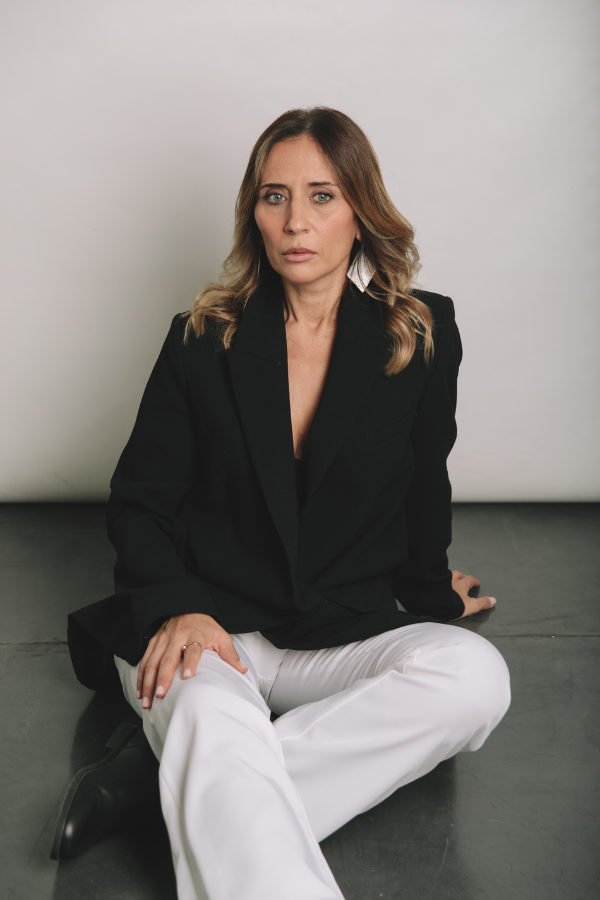
The salary potential for a Creative Director can vary widely based on several factors, including the individual’s level of experience, the size and type of the company they work for, the industry, and the geographical location. This report from Glassdoor places the average Creative Director salary around $165,462 for those working in the United States.
More experienced Creative Directors generally command higher salaries. Those who have a proven track record of successful projects and leadership can negotiate for higher compensation. Larger companies or those with a significant focus on creative outputs (such as advertising agencies, fashion houses, or media companies) often offer higher salaries compared to smaller firms or those in industries where creative roles are less central.
The particular industry also plays a role in determining salary. For example, Creative Directors in advertising, film, and fashion might earn differently due to the varying budget scales and revenue models in these industries. Geographical location significantly impacts salary potential. Creative Directors in major metropolitan areas or regions known for their creative industries (like New York City, Los Angeles, London, etc.) typically earn more than those in smaller cities or less centrally located regions due to the higher cost of living and concentration of large companies.
It’s also important to consider that compensation might include not just base salary but also bonuses, profit sharing, and other benefits, which can add considerably to the total remuneration package.
How Difficult is it to Secure Creative Director Positions?
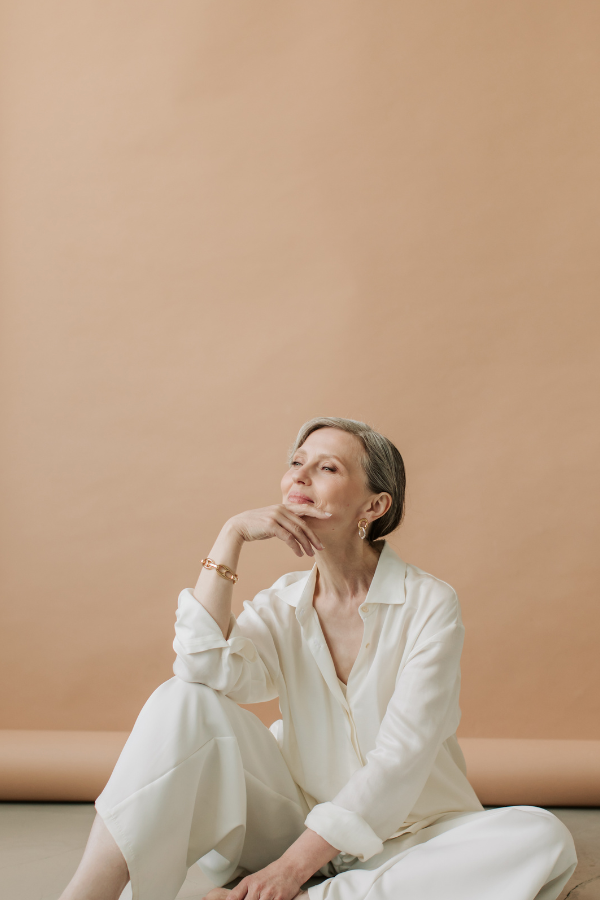
Securing a position as a Creative Director can be quite challenging and competitive, primarily due to several factors.
High Demand for Top Roles: Creative Director positions are often coveted in the creative industries. Many professionals aspire to reach this level, leading to a high level of competition for these roles.
Experience and Portfolio Requirements: These positions typically require a substantial amount of relevant experience and a strong portfolio showcasing a wide range of successful projects. Aspiring Creative Directors often need to have years of experience in lower-level roles, such as graphic designer, copywriter, or art director, to develop the necessary skills and reputation.
Industry Connections: Networking plays a significant role in the creative industries. Having a broad and robust network can be crucial for learning about job opportunities and getting recommendations. Those without strong industry connections may find it more challenging to secure a Creative Director role.
Niche Skills, Professional Experience, and Expertise: Some Creative Director positions may require specific skills or expertise, depending on the industry (like fashion, advertising, film, etc.) and the company’s focus. This specialization can make some positions even more competitive, as only a subset of candidates will have the relevant background.
Geographic Concentration: Opportunities for Creative Director roles are often concentrated in certain geographic areas where the respective industries are thriving (such as major cities like New York, Los Angeles, London, etc.). This geographic concentration can add to the competition, especially for those who are not based in or willing to relocate to these areas.
Rapid Industry Changes and Industry Trends: The creative fields are constantly evolving with technological advancements and changing consumer preferences. Staying adaptable and continuously updating one’s skills can be demanding, and those who do not keep pace may find it harder to secure top roles.
Despite these challenges, for individuals with the right blend of experience, skills, creativity, and industry connections, it is certainly possible to attain a position as a Creative Director. Success in this pursuit often requires a combination of talent, hard work, strategic career planning, and sometimes a bit of luck.
Final Thoughts on Becoming a Creative Director

Though the path to becoming a Creative Director is competitive and requires a blend of talent, experience, and perseverance, the rewards are significant in terms of creative influence and professional fulfillment. We must also acknowledge the evolving nature of the role in response to technological advancements and changing market trends. This constant evolution demands adaptability and continuous learning, ensuring that Creative Directors not only maintain their relevance but also drive innovation in an ever-changing landscape. The journey to becoming a Creative Director is as challenging as it is rewarding, offering a unique opportunity to leave a lasting impact in the realm of creative work. Have you considered a position in creative direction or art direction? Let us know in the comments below.




